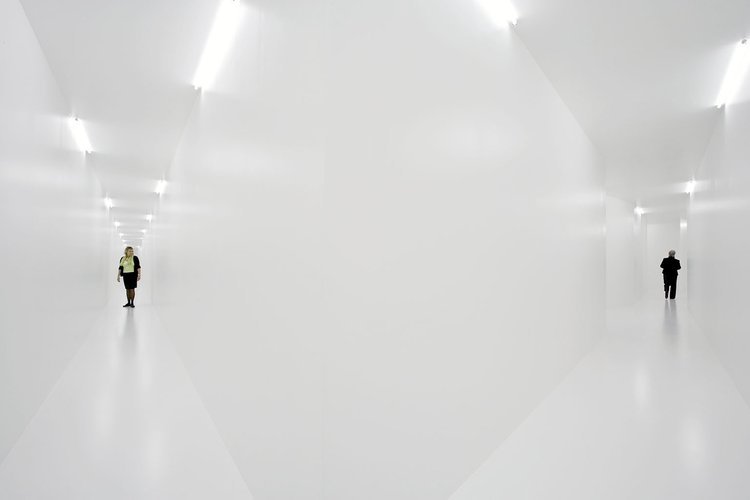3. Counter arguments
The reason Bocconi does not have more communal spaces and couches is likely not due to a lack of resources, but due to a lack of willingness. The administration, however, is neither dumb nor ignorant, they’re experts at what they do, and likely utility-maximizers following a detailed program. There are many counterarguments to the points outlined above; mainly (a) the presence of cafés; and (b) the presence of parks.
Cafés aren’t hard to come by around Bocconi. Within the campus there is the infamous Gud, within 100 meters there is Dahlia, GT Bistrot, and Giodocet. The more you widen the radius the more you’ll find. While these locations provide a good alternative to university-provided social spaces they fail in various ways. They are not entirely free of restrictions regarding how long one can stay, until when one can stay, and with how many people one can gather. But these drawbacks, regarding the spaces’ ‘rivalrous’ aspect – to use an economics metaphor we’ll all understand – are only minor drawbacks. The main issue is excludability. Although the price is small, around 1-2€ for a coffee, it nonetheless infuses social interactions with a monetary aspect; and while the large majority of Bocconians are affluent and wouldn’t bat an eye at such expenses, it is the community’s responsibility to take into consideration those who are less fortunate and cannot afford to pay for a coffee and cornetto every time they wish to be in a communal space. For students to have unsullied interaction, they require spaces that are as close to a public good as possible.




